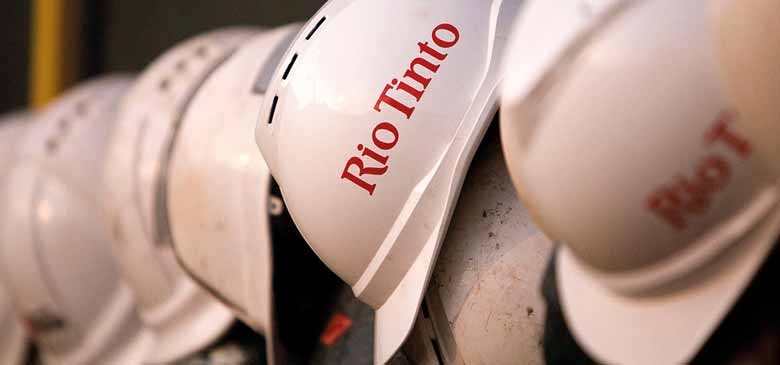

Rio Tinto accessed the markets late in 2015 to secure one of the largest financings in mining history and the largest financing in Mongolia’s history for the proposed underground expansion at the Oyu Tolgoi copper mine in Mongolia – one of the largest undeveloped copper deposits in the world.
Juggling the number of agencies and banks involved alone deserves high praise. The feat certainly impressed the judging panel of the Deals of the Year Awards. The deal involved 21 different international funding agencies and banks providing up to $4.4bn of 12- to 15-year term amortising funding across five separate tranches, to fund the development of an underground copper and gold mine in Mongolia.
The transaction required considerable relationship management, careful drafting to secure the economic benefits and sheer tenacity to sustain the momentum over the six years it took to complete.
It is the largest single investment in Mongolian history and, at full production, is expected to represent up to a third of Mongolia’s GDP
The financing paved the way for Rio Tinto, the government of Mongolia and Rio Tinto-controlled Turquoise Hill Resources to approve the underground development of the Oyu Tolgoi mine located in the South Gobi region of Mongolia in May 2015. For Rio Tinto, the project represents one of its three strategic-growth priorities and an important long-term partnership with the Mongolian government.
It is the largest single investment in Mongolian history and, at full production, is expected to represent up to a third of Mongolia’s GDP.
The Oyu Tolgoi project financing supports Rio Tinto’s investment in Mongolia and creates an appropriate transfer of risk through the introduction of the World Bank, international policy lenders and 15 commercial banks. It also optimises the capital structure of the subsidiary that was previously 100% shareholder-funded. It secures liquidity to the project that the local joint venture partners were unable to provide themselves.
Work on the financing and development of the underground mine was delayed from July 2013 to May 2015 while key shareholder issues were resolved. Despite this, the project team remain focused and positive about completing the financing.
The net proceeds have been initially used by the mine to repay shareholder loans from its 66% parent Turquoise Hill Resources (51% held by Rio Tinto) and have ultimately been paid to Rio Tinto’s central treasury.
Our judges were impressed by the deal because of the political risks involved and the clever management of the different stakeholders. The project financing facility is interest-only for the first five years and then reverts to a stepped repayment schedule for the remaining life of the facility.
Funding will come from export credit agencies representing the governments of Australia, Canada and the US, along with 15 commercial banks, including HSBC, BNP and ANZ.

Issuer Rio Tinto
Amount $4.4bn
Structure Five-tranche loan
Rating (at time of deal) Baa1 (Moody’s)/A- (S&P)
Currency and tenor $/15yr, 14yr, 13yr, 12yr
Interest rate/coupon $0.8bn at 4.78%/$0.9bn, $0.4bn at 4.65%/$0.7bn at 3.65%/$1.6bn at 4.4%
“Excellent execution of a hugely complex deal”
Bayer went to market last year to secure the third-largest loan in history and the largest ever in Germany. The $56.9bn acquisition facilities were put in place to finance the proposed acquisition of US agrochemical company Monsanto, the biggest acquisition in Bayer’s history.
The facilities are expected to be taken out through around $19bn in equity, of which a €4bn mandatory convertible bond was already placed in November, with the remainder to be raised in a sizable rights issue. The equity takeouts are to be complemented by takeouts in the debt capital markets across senior and subordinated (hybrid) bonds.
Bayer’s acquisition facilities consist of bridge and term loan facilities. Tranching details remain confidential. The competitively priced multi-year credit facility gives Bayer financing certainty for the purchase price and flexibility in refinancing the deal to cater for the M&A timetable, which is expected to be completed at the end of this year.
Bayer largely mitigated the related FX risk by establishing US dollar-denominated loans, while also entering into derivatives contracts to hedge the currency risk of the euro-denominated takeouts.
The judges said the move by Bayer to acquire Monsanto was very brave and that the deal was “a standout situation”.
The Treasurer's Deals of the Year Awards recognise the outstanding work of treasurers, both within the treasury community and the wider business world. Through them we champion the success and achievements of treasury teams that have stood out in the market over the prior 12 months. Winning an award is a great way to strengthen your organisation's and your treasury's profile, bringing peer and industry acknowledgement. Find out more here.
